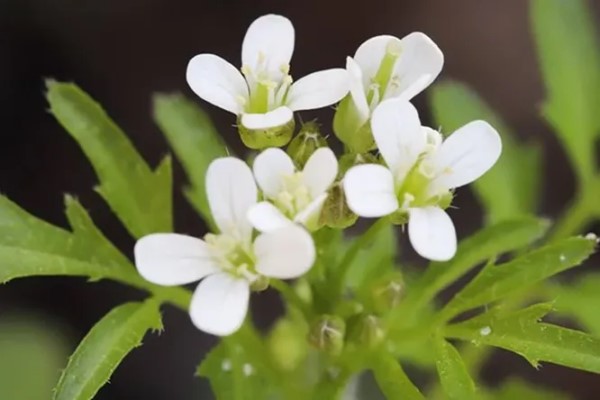Researchers have just discovered a previously unknown process that explains the “secret decisions” that plants make when they release carbon back into the atmosphere.

“We found that plants control their breathing in a way we didn’t expect: they decide for themselves how much carbon from photosynthesis they save to create biomass using a metabolic channel,” a biochemist from University of Western Australia Harvey Millar.
If you remember school biology, it turns out that plants produce sucrose during photosynthesis. This substance is created in excess; something is stored, something is spent on the needs of the plant itself. This is called the citric acid (or tricarboxylic acid) cycle, and it is extremely important for all green life.
As part of this cycle, sucrose, which has twelve carbon atoms, is split into glucose with six carbon atoms. Glucose is then broken down into pyruvate, which has three carbon atoms. When using pyruvate as a by-product, carbon is formed, so it is at this moment that the plant makes a special “decision”.
“You can burn pyruvate and release CO2, or you can use it to create phospholipids, stored vegetable oils, amino acids and other things needed for biomass production,” explained the scientist.
This discovery was made while working on a classic plant model of an organism called watercress (Arabidopsis thaliana). Researchers led by a plant molecular research specialist from The University of Western Australia Xuyen Le labelled pyruvate C13 (carbon isotope) to track where it moves during the citric acid cycle, and found that pyruvate from different sources is used differently.
This means that the plant can track the source of pyruvate and act accordingly, deciding either to release it or save it for other purposes.
Although plants are excellent repositories of CO2 — forests alone store about 400 gigatons of carbon — not every CO2 molecule absorbed by plants goes into reserve. About half of the carbon dioxide is eventually released back into the atmosphere.
Being able to get plants to accumulate a little more carbon dioxide in the process could be an exciting way to help our climate change challenges.
